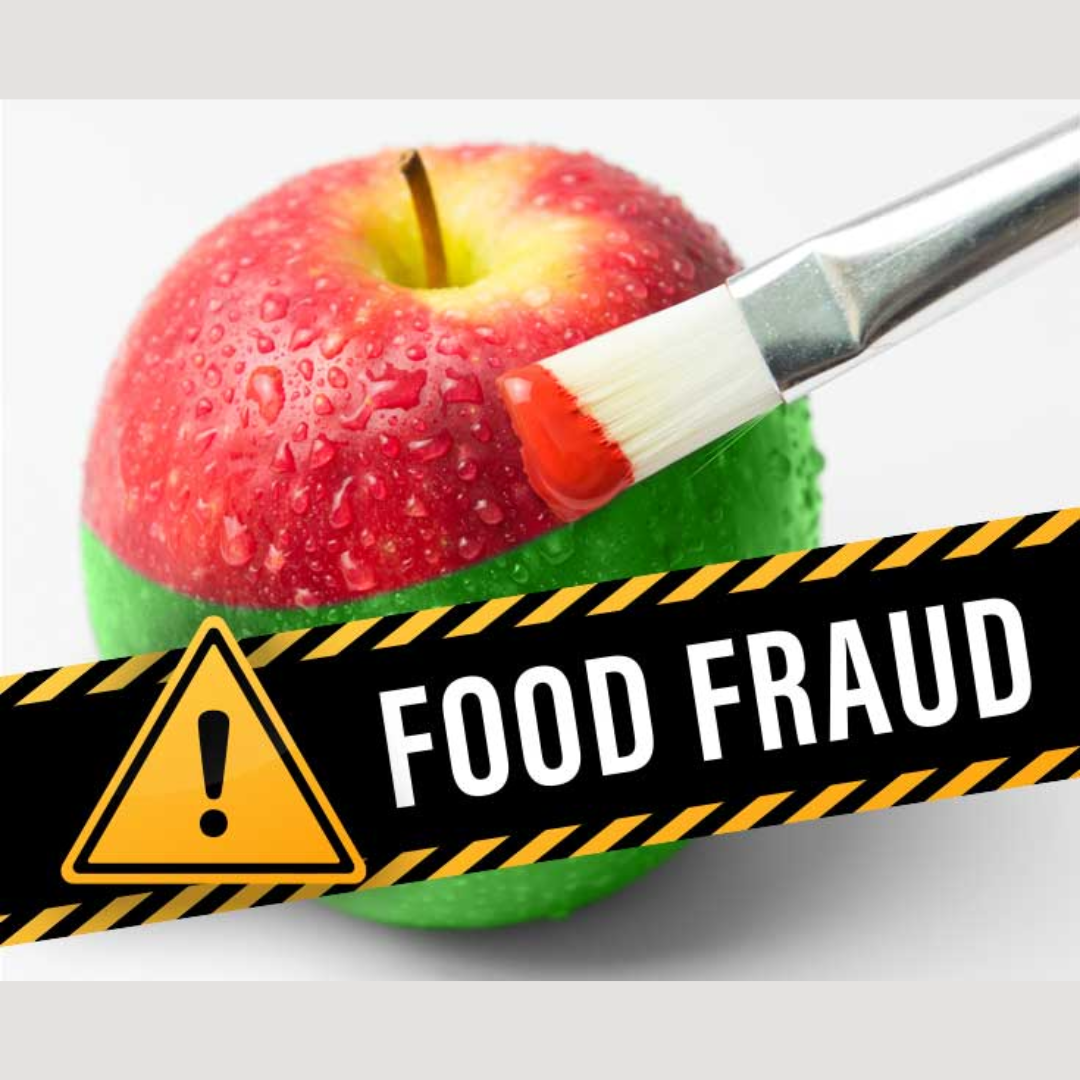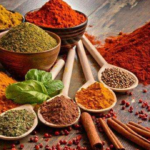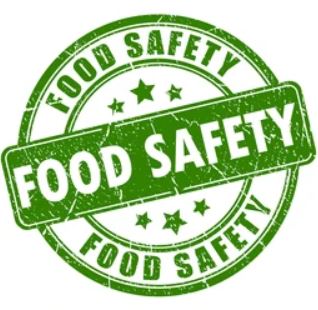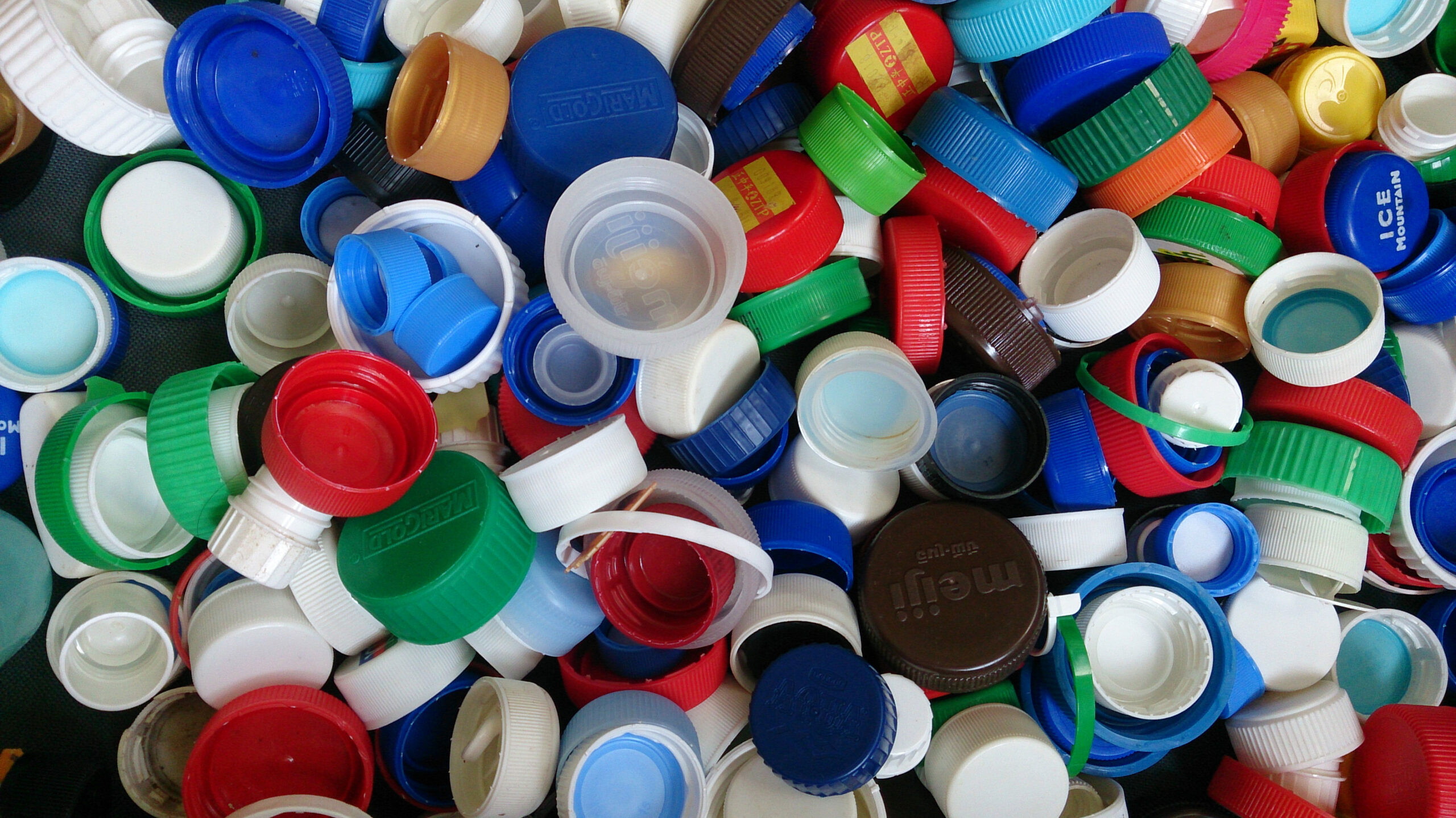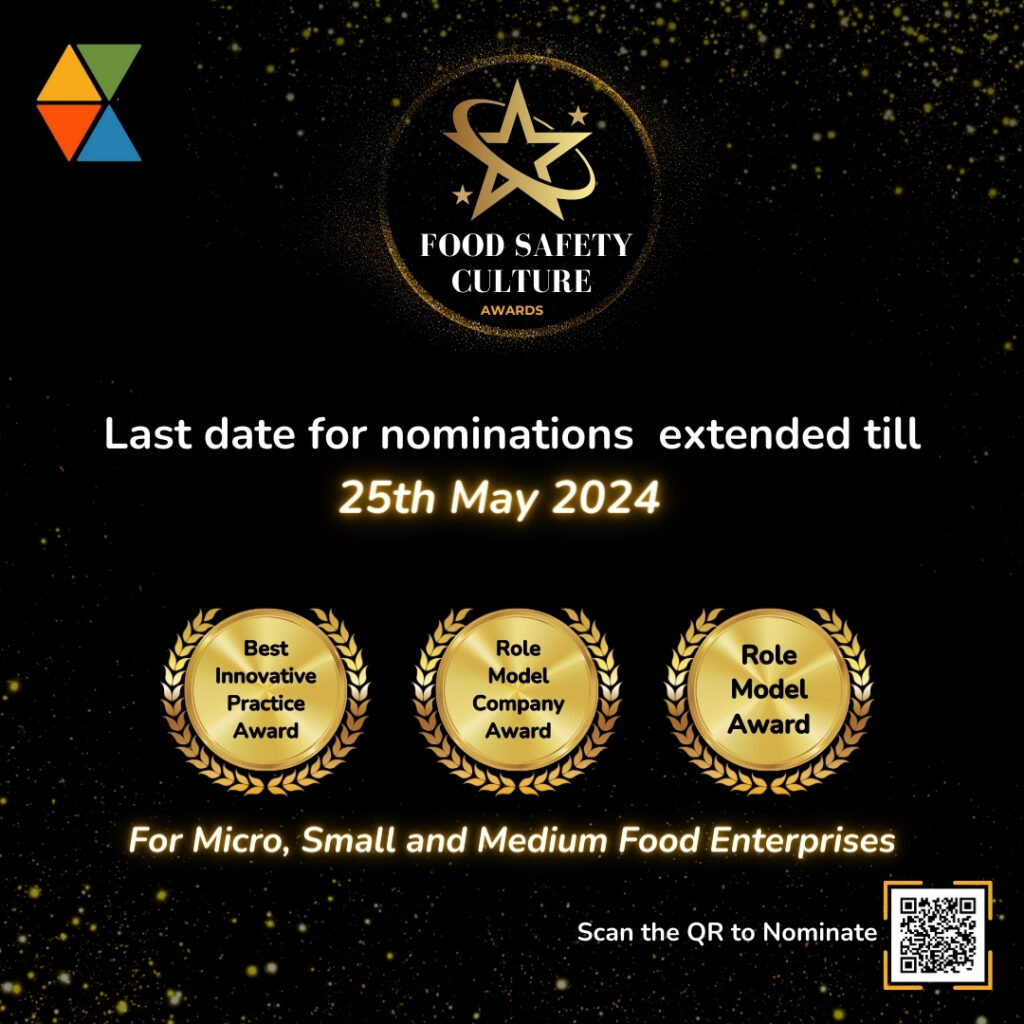Currently Empty: ₹0.00
Blockchain: Unlocking the potential of safe food chains
As they say, the chain is only as strong as its weakest link and when it comes to food, it is no simple link chain. It has different participants involved in each step from farmers, to processors, manufacturers, logistics, distributors, retailers, and consumers. The other characteristic is that it is not linear as it may seem with ingredients coming from different sources at different points of time, varying lot sizes. Therefore, being transparent is not only critical for food safety but also helps to reduce food fraud. A good traceability system helps to minimize the production and distribution of unsafe or poor-quality products. Blockchain is one such emerging digital technology towards a transparent supply chain of food.

Source: IBM – Supply chain of Walmart
With processed food, it is no longer possible to know about its goodness just by looking at it. So consumers are concerned about what they consume and eager to know when, where, and how the food they eat was grown or processed. Blockchain Technology is a system of record-keeping or a digital ledger that allows different segments of the food chain to capture this information. Blockchain is a process of passing information from one stage of the supply chain to the next stage without the possibility of it getting tampered with. This provides end-to-end visibility across your supply chain allowing you to meet your customers’ demands for accuracy and transparency.
It is an ideal tool to establish traceability from farm to fork. Each of the participants has critical information about the product that is documented on paper or sits in their own local server. For instance, a farmer maintains all the information pertaining to his land, seeds, and fertilizers used, time of harvest, the yield obtained, pesticides used, information on any certifications like an organic or fair trade. All this information is not available to the buyer enabling large-scale food fraud like this. If the same was tokenized and made accessible to the buyer using a blockchain traceability solution, it would be instantly available to the buyer within seconds. This is just for a single commodity, imagine the number of failure points for a processed product that would include over 20 ingredients coming from 40 suppliers even if your supplier strategy is that of second sourcing.
Another application is where there is an outbreak of illness, where there is an urgent need to find the source of the issue. An electronic verification network like blockchain will not only quicken the traceability process but also be helpful in finding the root cause of the issue. It can also help detect food tampering, fraud, and false advertising and aids in mass recalls of contaminated items. The system can also help you track food wastage/return and establish a correlation between that and the various ingredients, processes, and spoilage.
How does blockchain technology work?

In the food supply chain, each participant from farm to fork has information to provide and these are referred to as a transaction that forms a “block”. This block of information is verified and added to a chain. The information received is passed from one stage to another. Each block of information is linked to the other blocks which form the chain. There is no single server where the entire information is stored. These data in the form of blocks are saved as different copies across the net. This creates a unique record with a unique history. Modifying a single record would mean modifying the entire chain and modifying millions of computers, which is impossible, thus making the technology cryptographically secure. Any data that has entered the blockchain cannot be modified in the future.
With blockchain technology, an electronic verification network is created for every single product to trace information, and consumers can scan a QR code on the food packet and trace that product back with precision and accuracy to the source. Within seconds a customer has answers to various questions about the product like the ingredients, which part of the world did it come from, where was it processed, how was it produced, or if the same product was involved in any recall? Getting answers to these questions before the purchase of a product help the consumer make informed decisions.
Why should Blockchain be used in the food sector?
Prevent food fraud: As each step in the supply chain is visible to everybody, fraudulent food entering the market as in the case of Chinese milk, where milk was adulterated with melamine, and also the famous horse meat scandal that occurred in 2013 can be prevented.
Fresher food: With each step being tracked in the blockchain, consumers can see exactly when a food product was harvested, processed, and packed.
Food Safety: When a food safety issue has occurred, not all companies can quickly identify the cause of a food safety incident. With Blockchain technology all the information is digital and tracking becomes easier.
Reduce food wastage: At times of outbreak scares, people tend to throw away good food, unaware of the batch numbers that were contaminated. Being able to isolate tainted food down to a farm and a batch level can stop this.
Promote responsible food practices: Manufacturers will be more likely to adhere to safe practices as each stage is being tracked and the complete system is transparent.
Build consumer trust: Trust is built upon the brand as the consumers could easily scan the individual food products and receive information about food from farm to the grocery store.
Blockchain is a promising technology that is being used by many companies across the globe. Although this technology has been used for several years for financial transactions, it is still at a nascent stage when it comes to applications in the food industry. The complexity of the technology and the cost of adoption continue to be the biggest hurdle. Still, many companies worldwide have already started experimenting with this new technology and there have been some successful trials as well.
Food industries in India also need to gear up for this. As we plug into the global supply chain, this will become a requirement from the customers as well. It would be good to start looking at the benefits of digitizing the food system and use the technology to solve practical problems in the food supply chain. It is even more critical in India where we have a distributed supply chain owing to the small size of our farm holdings, but this increases the difficulty manifold.
Reference
The Rise of Blockchain Technology in Agriculture and Food Supply Chains –https://arxiv.org/ftp/arxiv/papers/1908/1908.07391.pdf
https://www.ibm.com/in-en/blockchain

Meera V. is a Food Technologist and goes to quite an extent to tell the food businesses what they can do to improve food safety and hygiene. She is a Senior Associate Consultant at Food Safety Works and regularly audits food businesses to check on their compliance and also plays a crucial role in the regulatory and compliance team.

